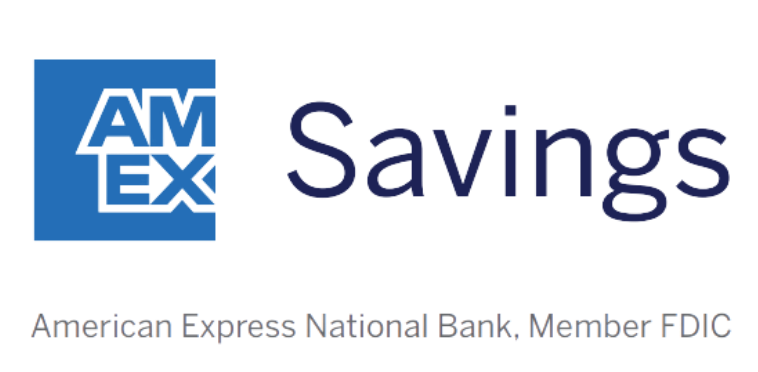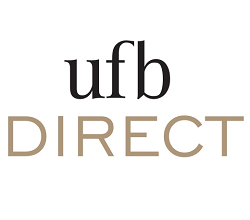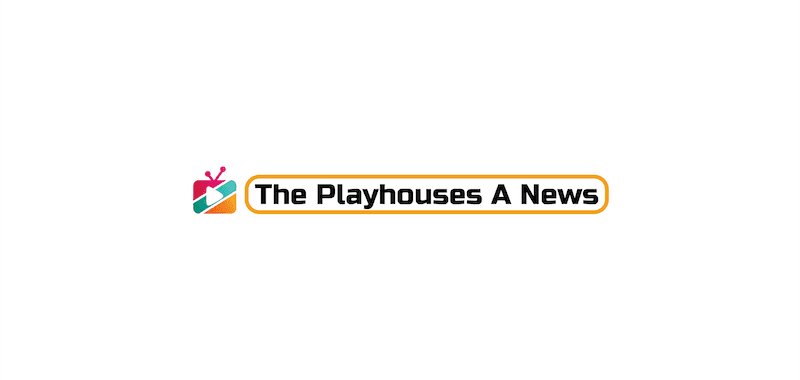Emergency funds are one topic where financial experts are largely in agreement. The traditional advice is to have enough emergency savings to cover three to six months of living expenses. It’s also recommended to keep that money in a high-yield savings account, so you can earn as much interest as possible on it.
Saving that much money is no small feat. So, how many Americans have done it? Thanks to research by the Federal Reserve, we have the answer.
Here’s how many Americans have enough in their emergency funds
Over half (54%) of Americans have at least three months of emergency savings, according to data collected by the Federal Reserve in 2023. That’s unchanged from 2022, but a decrease from 2021, when 59% of Americans had three or more months of emergency savings.
Still, it’s great news that so many people have built their emergency funds. When you have money saved for emergencies, you don’t need to go into debt if you have a health issue, need to pay for home repairs, or run into any other unexpected bills. An emergency fund is good for your finances and your peace of mind.
Our Picks for the Best High-Yield Savings Accounts of 2024
|
American Express® High Yield Savings 
APY 4.25%
|
APY 4.25%
|
Min. to earn $1 |
|
CIT Platinum Savings 
APY 5.00% APY for balances of $5,000 or more
Min. to earn $100 to open account, $5,000 for max APY
|
APY 5.00% APY for balances of $5,000 or more
|
Min. to earn $100 to open account, $5,000 for max APY |
|
UFB Portfolio Savings Account 
APY 5.15%
|
APY 5.15%
|
Min. to earn $0 |
How to build your emergency savings
If your emergency fund isn’t where you’d like to be, don’t feel bad. After all, 46% of Americans haven’t saved three months of expenses, so it’s a common issue. Here’s what you can do to increase your emergency savings.
Set up a high-yield savings account as your emergency fund
If you haven’t already, open a high-yield savings account. Only 34% of Americans have one, according to research by The Motley Fool Ascent. Most are leaving a lot of money on the table, since high-yield accounts currently offer rates of 4% to 5% or more.
Make sure to set up a sub-account for your emergency fund. Some banks call these sub-accounts “savings buckets.” This keeps your emergency fund separate from the rest of your savings, which is important. It’s easier to track how much you have in your emergency savings, and it prevents you from mistakenly using this money for non-emergencies.
Figure out how much you can afford to contribute every month
Pretty much nobody builds an emergency fund overnight, unless they win the lottery or get drafted by the NFL. For the rest of us, it’s a process that requires saving what we can each month.
Go over your finances, including your bills and income, to figure out a realistic amount you can save. It could be $50 per month, $100, or $1,000 — whatever works for you. The more you can save, the faster you’ll build your emergency fund. It should be an amount you can comfortably afford, so you don’t struggle to make it work every month.
Make it automatic
At this point, you have an account for your emergency fund, and you know how much you’ll contribute to it. The last step is saving that money.
To guarantee this happens, schedule an automatic transfer from your checking account to your savings account. The best time to schedule this is right after you get paid. If your paycheck hits your checking account on the 1st of every month, you could set up a transfer to your savings on the 3rd or 4th (to give yourself a little breathing room in case of delays).
This is called paying yourself first. Instead of waiting until the end of the month to see how much money you have left, you prioritize saving by doing it before you spend any of your paycheck.
You can follow those steps to build an emergency fund and reach any other savings goals you have. It takes time, but consistency pays off. And if you want to save more, you could find places to reduce your spending or look for ways to raise your income.
These savings accounts are FDIC insured and could earn you more than 10x your bank
Many people are missing out on guaranteed returns as their money languishes in a big bank savings account earning next to no interest. Our picks of the best online savings accounts could earn you more than 10x the national average savings account rate. Click here to uncover the best-in-class accounts that landed a spot on our short list of the best savings accounts for 2024.

